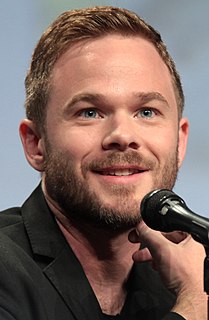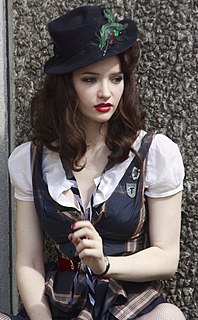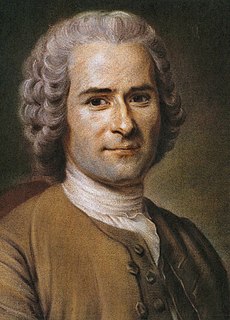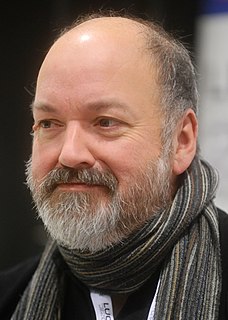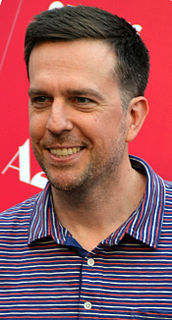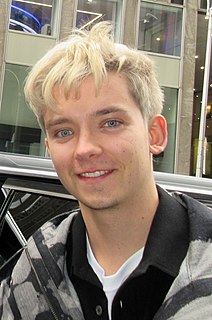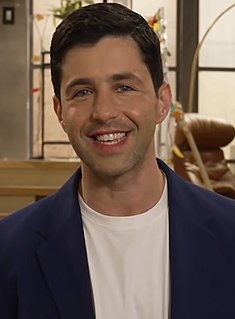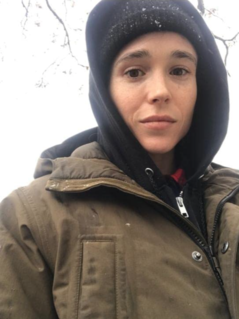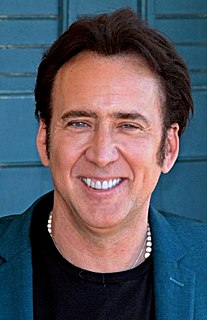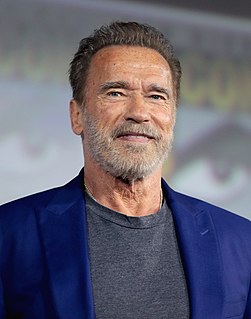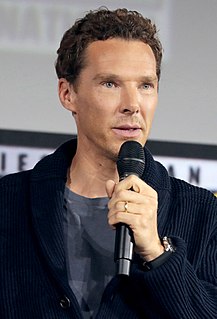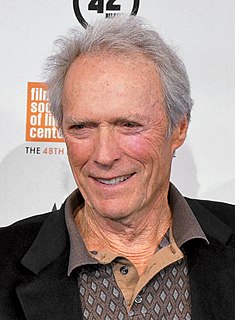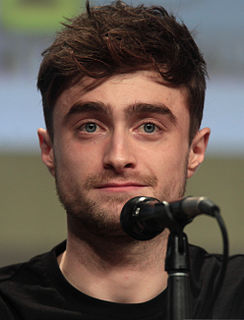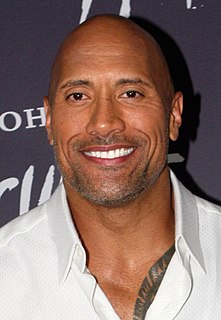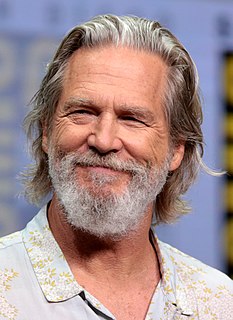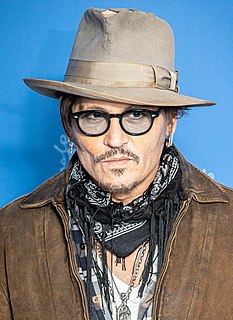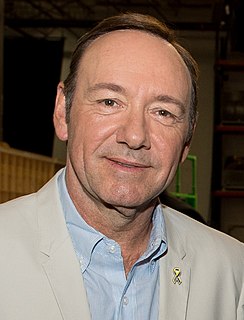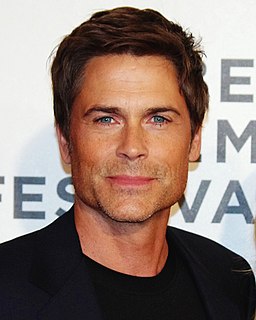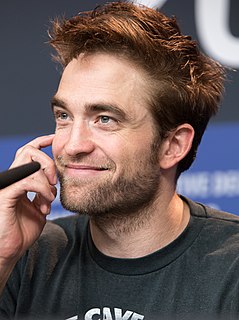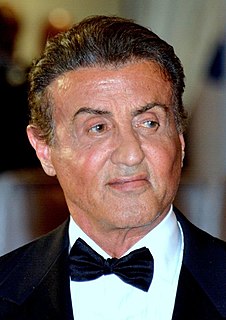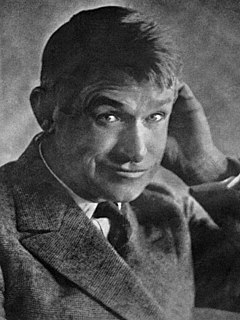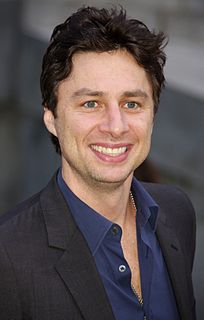A Quote by Shawn Ashmore
Our first scene is sort of a reunion between the X-Men characters, which establishes everyone's relationship to one another, sort of like a recap for all those who have forgotten since the last movie.
Related Quotes
It was (Nick Frost's) first-ever bedroom scene and my first-ever bedroom scene...not that we were actually doing much, but we did have to lie sort of semi-nude under the sheets. And he was incredibly sort of vibrant and outgoing, but then he suddenly got very, like, 'I'm engaged and I'm getting married!' And I was, 'Okay, that's good. I just won't be touching you, then!'
War is then not a relationship between one man and another, but a relationship between one State and another, in which individuals are enemies only by accident, not as men, nor even as citizens, but as soldiers; not as members of the fatherland, but as its defenders. Finally, any State can only have other States, and not men, as enemies, inasmuch as it is impossible to fix a true relation between things of different natures.
But actually making pictures to look like my pictures, I've done it for so long, I'm kind of used to it now. So at the beginning of the process, designing and storyboarding everything, I sort of did all that. And then designed the characters, and doing the textures for the characters, and the texture maps to cover all the animated characters and the sets, I did those, because that's where my sort of coloring and textures get imprinted on the film.
In terms of my relationships with a lot of the adult characters, when I was working with Harrison, it wasn't like a verbal agreement, but we both understood that because there was this constant tension between our characters, we couldn't say "Cut" and start acting normal. We had to keep an essence of that relationship in our characters off screen which is really important.
I pay my models to work with me, so there becomes this weird sort of economic bartering thing, which made me feel really sort of uncomfortable, almost as though you were buying into a situation - which, again, is another way of looking at those paintings. The body language in those paintings is a lot more stiff.
Sometimes, you run into trouble as an actor when you're not working with someone who is collaborative or doesn't bring themselves to the piece, and you sort of have to start worrying about yourself and protecting what works for you in the scene. I never had to do that in this movie because it was sort of this trapeze act.
I've begun to believe more and more that movies are all about transitions, that the key to making good movies is to pay attention to the transition between scenes. And not just how you get from one scene to the next, but where you leave a scene and where you come into a new scene. Those are some of the most important decisions that you make. It can be the difference between a movie that works and a movie that doesn't.
I like the scene in the first 'Scream' movie where Sidney gets up, and dusk is falling, and she's looking out at the hills of Santa Rosa, there where it was filmed, and that's where you sort of hear her theme being played out. I always liked that moment because, to me, it became more than just a horror movie.
I was in a store in Halifax, Nova Scotia that I love, sort of like an environmental friendly sort of store. But they had a great book section. So I went in there all the time. The woman who worked there - which I feel so bad; I've forgotten her name - she handed me the book and she said, "Hey, you should read this. I think it would make a good movie." I remember reading the back of it and I was like, "Huh." Then I just devoured the book and I was so moved by it and said, "Why don't we start developing this into a film?" So that's how it ['Into the Forest'] all started.
